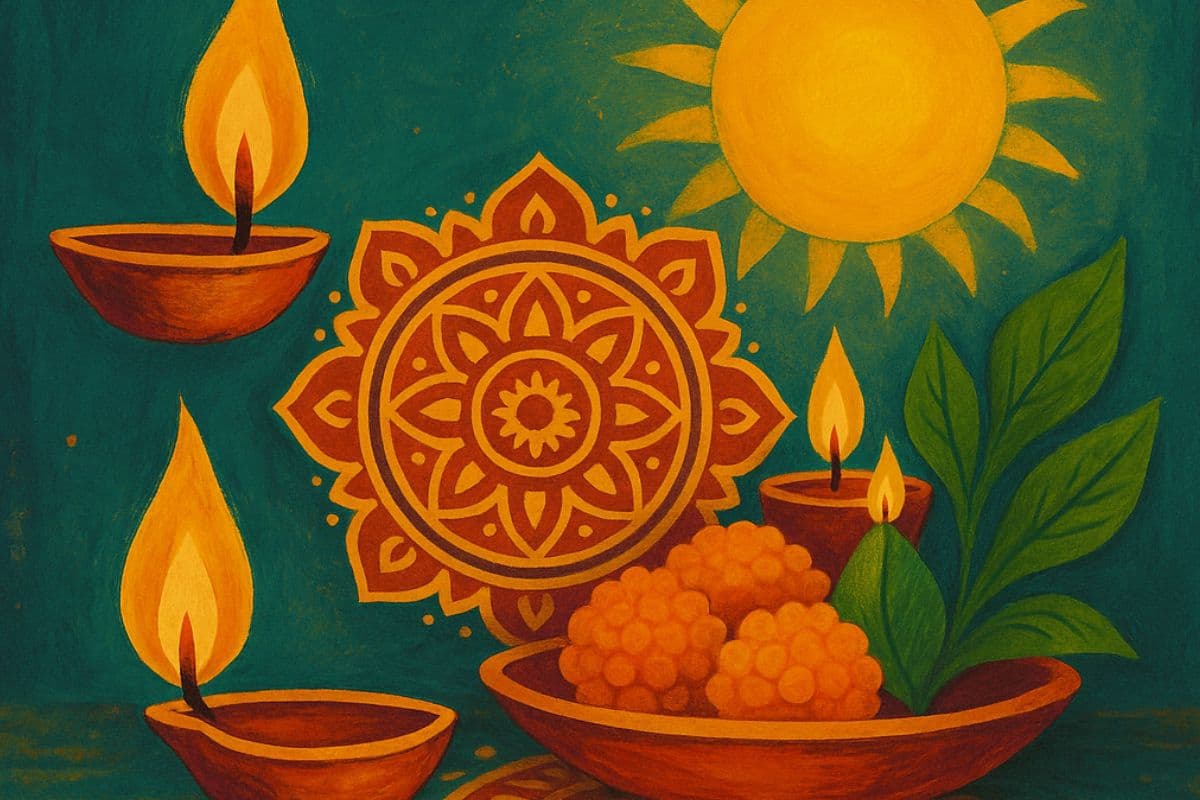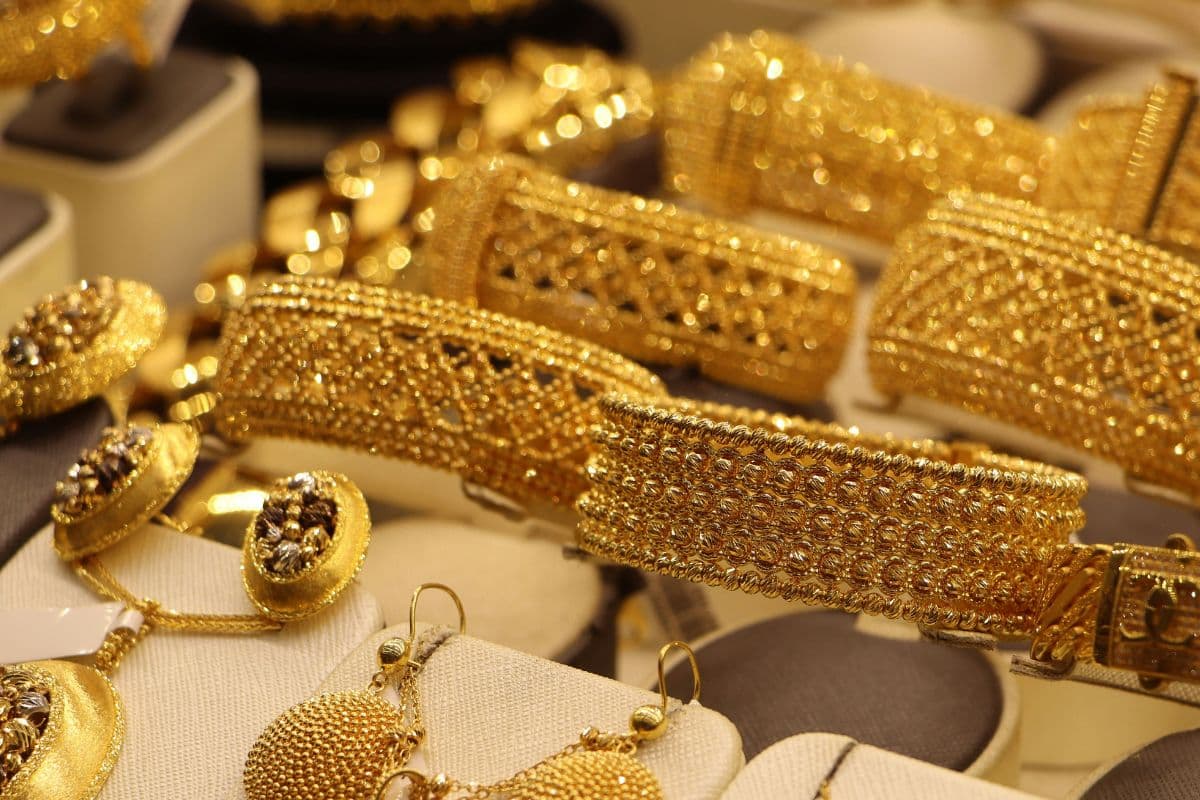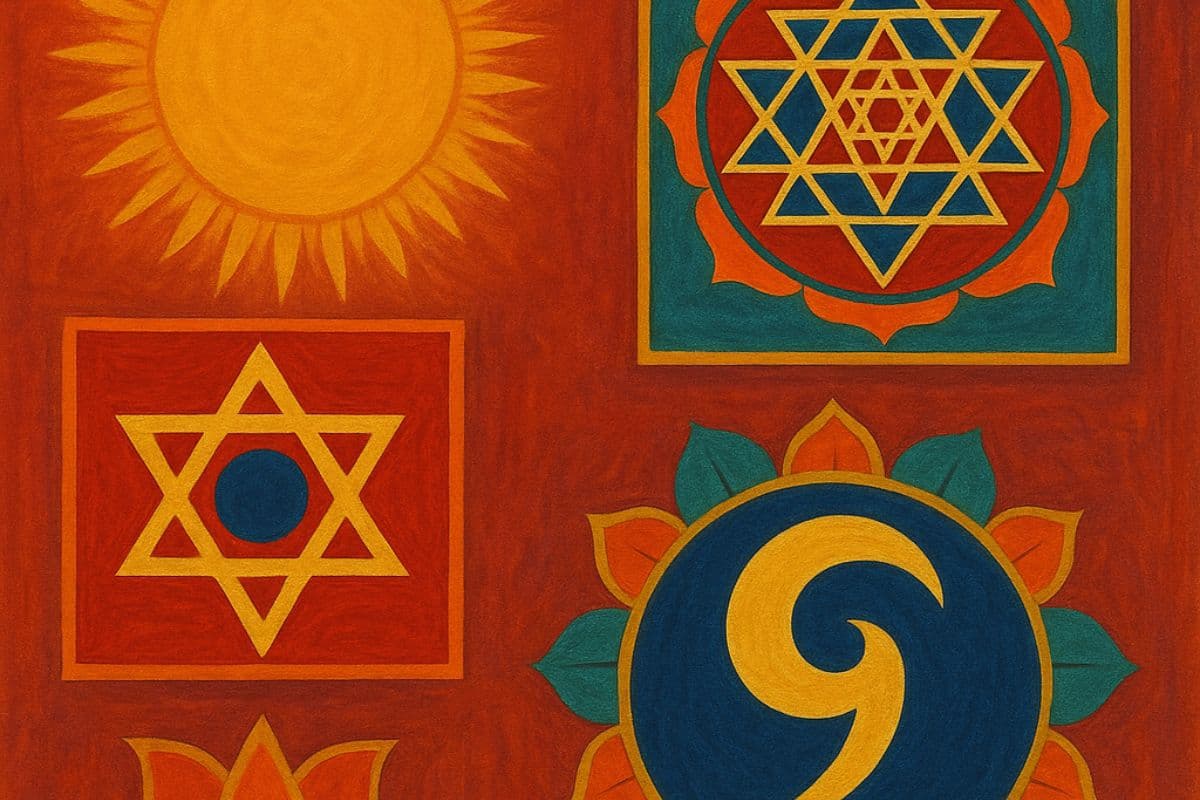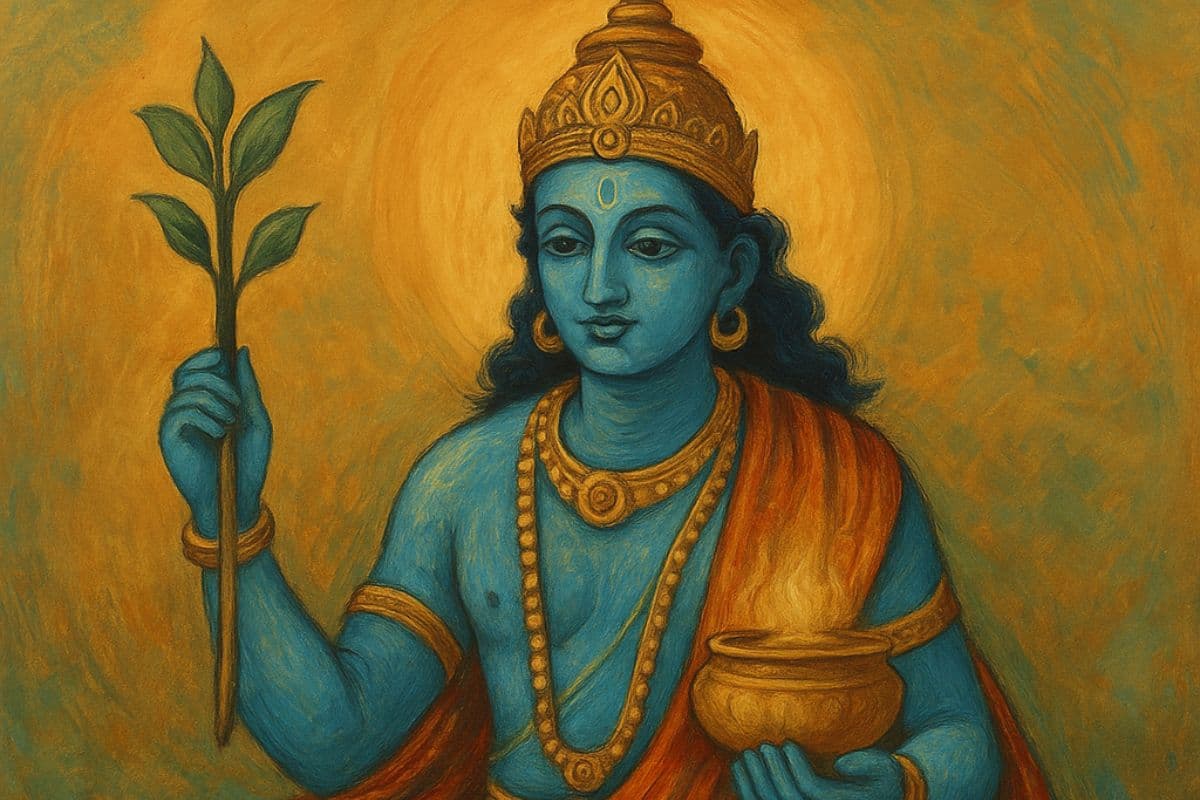Bengal Kali Puja 2025: Date, time, rituals and the fierce spiritual significance
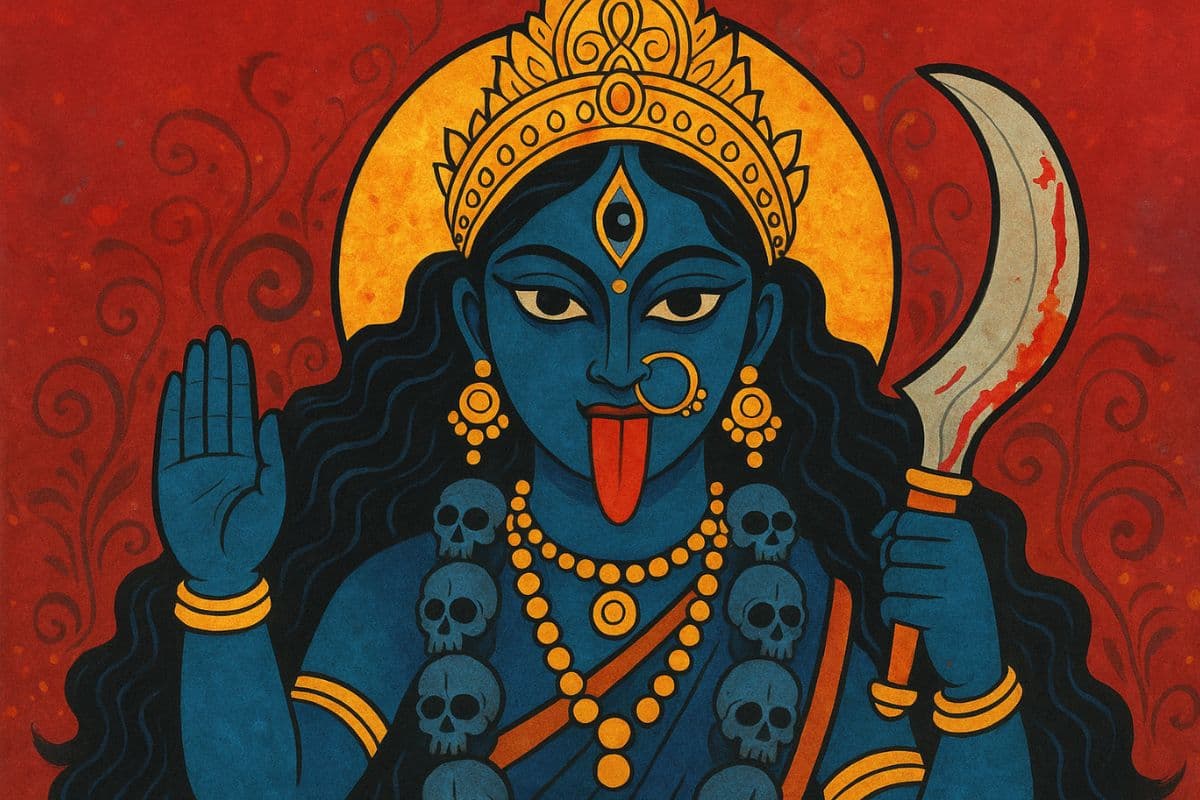
Learn the date, rituals, and deep spiritual meaning of Bengal Kali Puja 2025
On Diwali night, while much of India lights lamps for Goddess Lakshmi, Bengal lights up a different kind of flame. Theirs is darker, deeper, and wilder. Streets shimmer with flickering diyas, conch shells echo through the smoky air, and the scent of incense wraps the night in mystery. This is Kali Puja, Bengal’s most powerful and passionate celebration of divine strength. It is not a night of fear. It is a night of courage. Bengal does not hide from the dark. It kneels before it, looks into it, and finds the face of Maa Kali: fierce, protective, and endlessly compassionate.
Date and Time of Bengal Kali Puja 2025
In 2025, Kali Puja will be celebrated on Monday, October 20, during the sacred Nishita Kaal, from 11:41 pm to 12:31 am on October 21.
Duration: 51 minutes
Amavasya Tithi begins: 3:44 pm, October 20
Amavasya Tithi ends: 5:54 pm, October 21
The Nishita Kaal, the midnight hour, is the most powerful moment to worship Goddess Kali. It is the still point between one day and the next, when the veil between the seen and unseen is thinnest.
Why Bengal Celebrates Kali on Diwali Night
For most of India, Diwali is a festival of light. For Bengal, it is also a festival of power. On the darkest night of the lunar month, when the moon disappears completely, devotees call upon Maa Kali to destroy darkness and reveal inner light. Kali Puja, also called Shyama Puja, is celebrated across West Bengal, Odisha, and Assam. It usually falls on the same night as Diwali, but in some years, the timing differs slightly because Kali Puja is observed when Amavasya prevails at midnight, while Lakshmi Puja happens when it prevails in the evening.
The Story of Goddess Kali’s Fierce Grace
Maa Kali was born out of a moment of divine necessity. When the demon Raktabeej began spreading terror, every drop of his blood that touched the earth created another demon. No one could defeat him. That was when Goddess Durga transformed into Kali, dark-skinned, wild-haired, and unstoppable. She ended Raktabeej’s reign by drinking every drop of his blood before it could fall.
Her power, once unleashed, became so immense that it shook the heavens. To calm her, Lord Shiva lay down in her path. When Kali stepped on him, she realised what she had done and stuck out her tongue in shock and humility. That is the image we see today: the goddess of destruction standing on the god of creation. It is not violence. It is balance. It is the understanding that even power must bow to awareness.
How Kali Puja Is Celebrated in Bengal
The rituals of Kali Puja begin late at night and flow past midnight. The energy of the ceremony feels electric. It is a blend of devotion, sound, and surrender. Here is how the festival is celebrated:
1. Preparing the Space: Homes and temples are cleaned and decorated with black and red cloth, hibiscus flowers, and clay lamps. The altar is set with idols of Goddess Kali, Lord Ganesha, and Lord Vishnu, who are worshipped before the main ritual begins.
2. Invocation and Offerings: Devotees light diyas, incense, and lamps filled with ghee to invite the goddess. Offerings include fruits, rice, lentils, jaggery, red flowers, and traditional sweets like payesh and sandesh. In Bengal, some also offer fish and meat, considered sacred to Maa Kali.
3. Mantra Chanting: Devotees recite her mantras to awaken her divine presence. You can listen and chant along to the Maa Kaali Mool Mantra or the Kali Mata Chalisa on AstroSure.ai for protection, strength, and emotional renewal.
4. Midnight Puja (Nishita Kaal): The main worship happens around midnight. Offerings of hibiscus flowers, black sesame seeds, and betel leaves are made as priests chant Kali Beej Mantras. This period is believed to dissolve negativity and grant divine energy to those who pray sincerely.
5. Homa and Aarti: The homa, or sacred fire ritual, follows. Devotees offer ghee and sacred herbs while chanting to invoke blessings of purity and power. The aarti marks the moment when devotion meets peace.
6. Bhog and Prasad: The bhog is shared as prasad, symbolising divine grace. It is distributed among devotees with reverence, marking the completion of the sacred night.
The Spiritual Meaning Behind Kali Puja
Kali Puja is not a call to fear but to freedom. Her dark skin symbolises the infinite void from which creation begins. Her weapons show the destruction of ego, and her extended tongue represents awareness, the moment we realise our power and responsibility.
She is the remover of illusion and the bringer of truth. To worship her is to surrender everything false, from greed to guilt. Her devotees do not ask for wealth or comfort. They ask for courage, wisdom, and the strength to face what life brings. The festival reminds us that light does not defeat darkness by running away from it. It transforms it.
Why Kali’s Worship Feels So Powerful
Unlike many other forms of devotion, Kali Puja demands honesty. She does not respond to showy rituals or shallow wishes. She listens to sincerity. Her presence is said to protect devotees from fear, illness, and hidden negativity. In Bengal, many people observe a day-long fast and break it only after the puja, feeling renewed and lighter. Her worship is said to cut through illusion and restore spiritual clarity.
A Night of Fearless Devotion
Walk through Kolkata or Howrah on Kali Puja night, and you will feel it. There is a hum in the air that cannot be explained. The chants, the lights, and the rhythm of the drums, everything feels alive. People pray, sing, and offer flowers, surrendering to the goddess who stands at the edge of the world, guarding all creation.
By dawn, as the smoke clears, the first light of the new moon brings calm. The idols are carried to rivers for immersion, and with them, devotees release their fears and attachments into flowing water. Kali Puja is an experience of transformation, of burning what no longer serves you and stepping into strength.
